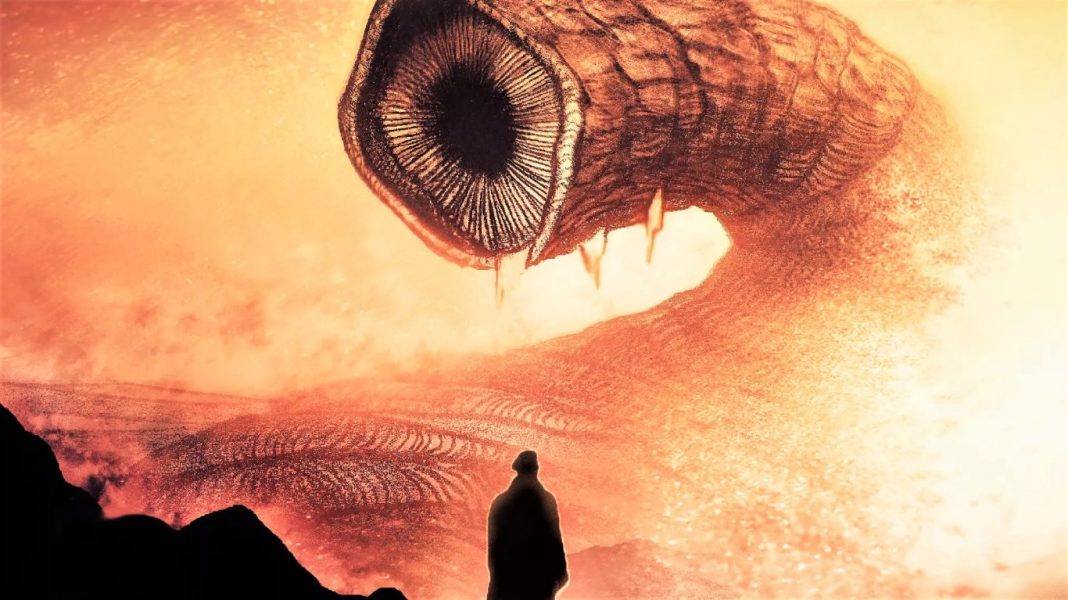In 1984, shortly after the epic finale to the (original) Star Wars trilogy was in theatres, David Lynch’s Dune treated audiences to, in the words of one critic, “one of the most confusing screenplays of all time.” In contrast, Denis Villeneuve’s Dune series has received high praise from fans and critics alike. So how did Villeneuve pull this off?
The challenge of directing a successful Dune movie starts with the dense source material. In the original Dune novel, with a reading length of over 12 hours, Frank Herbert builds an intricate world around the fight on the planet Arrakis, where a cadre of factions each fight for their own goals with varying levels of moral ambiguity.
The complexity of relationships between factions in Dune is what makes it so difficult to condense into a movie. Two to three hours is just not enough time to familiarise the audience with everything in the novel at a comfortable pace. Hence, the director has to decide what bits of the source material to cut out in order to capture the audience’s imagination.
This is the first place where Villeneuve shines: while Lynch tries his best to fit a majority of the novel into his film, Villeneuve purposefully omits some of the details of the book in order to underscore the details he does show. For example, Villeneuve omits a lengthy dinner hosted by the Atreides, freeing up the screen time for him to flesh out Lady Jessica’s character.
Additionally, David Lynch’s film relies on inner voice narrations to give key details to those watching the movie, and while these can be informative, they sometimes disrupt the pace of the film. On the other hand, Villeneuve’s films convey information to the viewer with a much more “show, don’t tell” approach. Villeneuve also aligns his films with Frank Herbert’s message in the original Dune series, namely that “the mystery of life isn’t a problem to solve, but a reality to experience.” Audiences still have to pay attention to fully understand what is happening in the new Dune films, but thanks to this reframing of the events portrayed, piecing together the subtleties of what the films convey is now much more satisfying.
One scene where Villeneuve’s approach is especially effective is when Paul rides Shai-Hulud. This climactic scene, after which Paul is fully accepted by the Fremen, is almost entirely dialogue-free. On top of that, our view of Paul trying to mount the beast of a sandworm is often obscured by sand. Despite not saying a single word, though, Paul’s growth is apparent to the viewer in this scene: he has become a confident desert warrior.
The new Dune films also look better. Not only is there better CGI, but Villeneuve experiments with film techniques to make the film look as convincing as possible. To emphasise the barrenness of the Harkonnen homeworld of Giedi Prime, he filmed the scene on that planet using an infrared camera. In conjunction with the decrease in dialogue, this new look more effectively presents the colossal scale of the planets in the movie. Hence it is not only the changes in pacing and tone that make these movies more immersive, but the greater care that was put into their visuals.
On the whole, the new Dune films are an example of a “less is more” approach gone right. By focusing on making a more cohesive whole rather than fitting in every detail from the source material, Denis Villeneuve has treated moviegoers to one of the best sci-fi experiences of this century.


